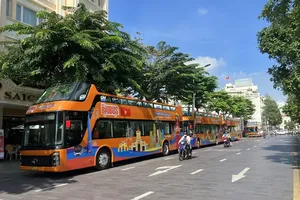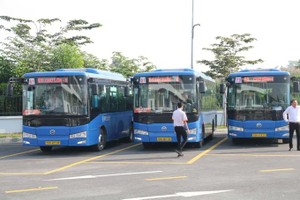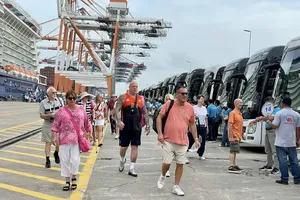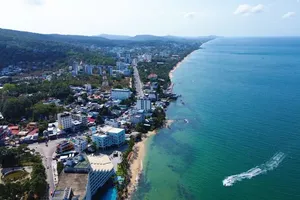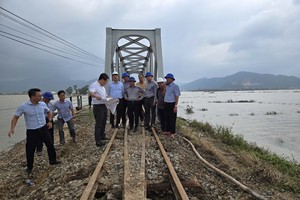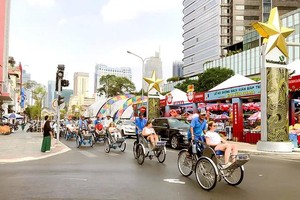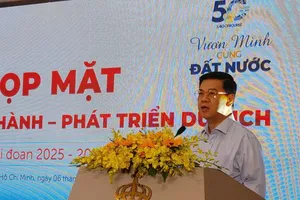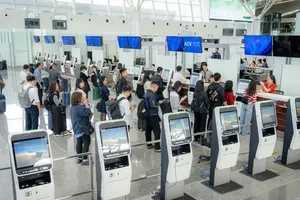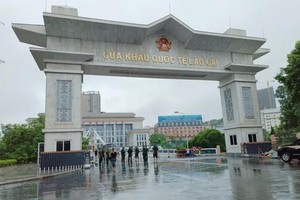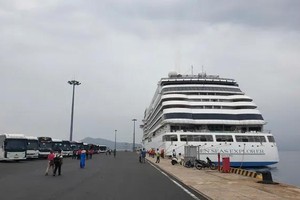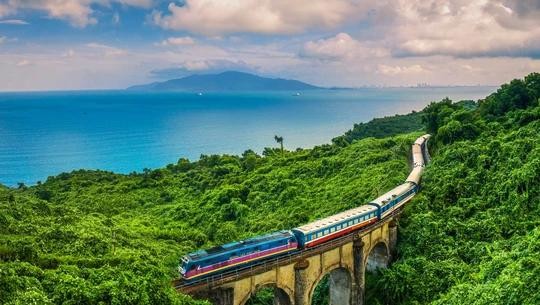
In the past two years, numerous expressways in the South have been rapidly constructed; the waterway system and several airports are also being invested in and upgraded, promising a very new look for transportation in the Southern region. However, the Southern region should pay attention to the railway - a significant mode of transportation.
Apart from the only North-South railway line running to Ho Chi Minh City, the railway line extending to the Southwestern region is still a dream for this rapidly developing area.
In the memories of this land, there is still a mark of the presence of the Saigon - My Tho railway line, which was also the first railway line in Vietnam built by the French in 1881. According to old documents, this railway line operated for 73 years and had periods of very effective exploitation. This story shows that the French already recognized that railway transport was an important and necessary mode for the Southern region.
The transportation planning of the Ministry of Transport clearly identifies that the Southern Key Economic Region holds a particularly important strategic position in terms of economy, society, national defense, security, and foreign affairs while the Mekong Delta region is the country’s basket of rice, shrimp, pangasius, and fruit.
Currently, transportation in the southern region is mainly handled by road, leading to high costs and reduced competitiveness. This is why the Ministry of Transport has planned a southern railway network with eight new lines, with Ho Chi Minh City as the central hub, extending to the provinces and cities of the Southeast and Southwest regions.
Among the eight planned lines, only Thu Thiem - Long Thanh and Ho Chi Minh City - Can Tho railway lines are being implemented, albeit slowly. The remaining projects are undergoing pre-feasibility studies and are expected to be constructed before 2030 and put into operation by 2035. The Ho Chi Minh City - Can Tho railway project is proposed to be funded by the state, but securing funds in the current tight budget situation is challenging. Not only this line, but other railway projects in the southern region will also be unfeasible if they rely solely on state funds.
Mobilizing social resources for development investment, especially in technical infrastructure, has long been a major policy of the Party and the State. Therefore, the Ministry of Transport and other related ministries and sectors are responsible for creating mechanisms and policies to attract non-budgetary investment in railways. In reality, the Ho Chi Minh City - Can Tho railway project has attracted domestic and foreign investors, with some even proactively proposing specific investment plans to the authorities.
The Ministry of Transport is directing relevant agencies to draft amendments to the Railway Law, considering the application of the Transit-Oriented Development (TOD) model to national railways, instead of just urban railways. This is also one of the methods to generate capital from land fund exploitation for railway development.
The issue is that this progress needs to be accelerated, especially in synchronization with the public-private partnership (PPP) law, as this law has eliminated the BT (Build-Transfer) model. A comprehensive legal corridor, without conflicts between laws, will be a decisive factor in the success of attracting investment capital.
